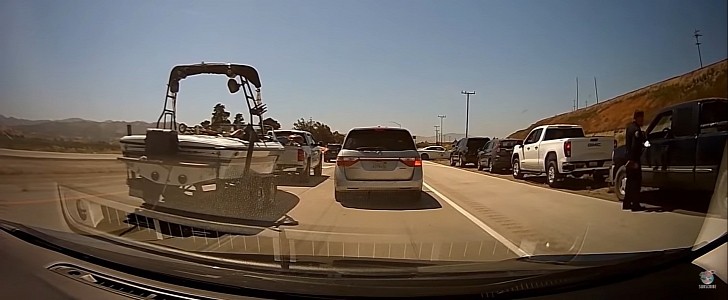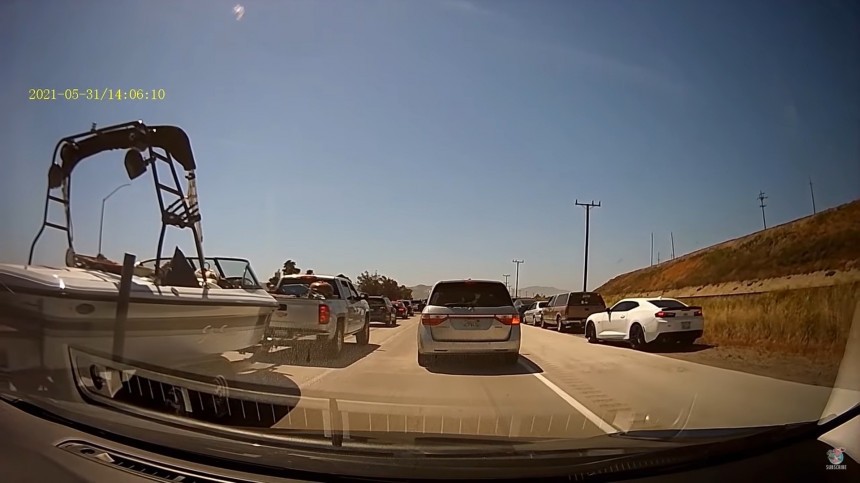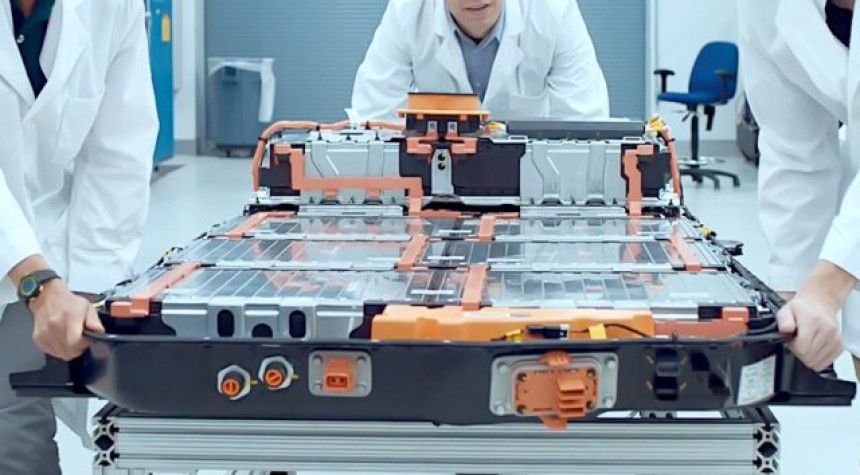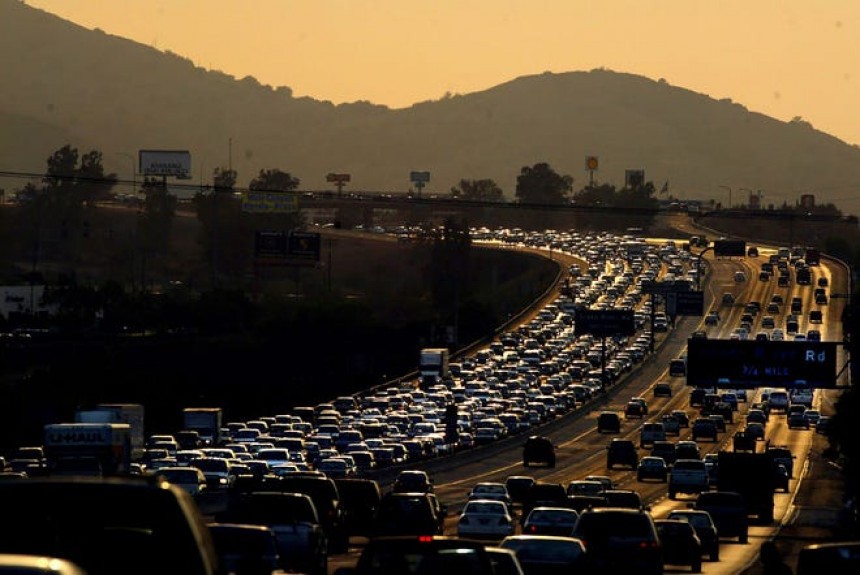Consider this: what if all cars were EVs and all caught up in up in a three-hour traffic jam? What would happen as a result of all those dead batteries?
And to take matters further, what if the weather was brutally cold? Without battery power, thers is virtually no heating available in an electric vehicle due to high battery consumption. So at that point, you’re in a vehicle stuck throughout the dark night with no battery power, no heating, no windshield wipers, no radio and no GPS or battery to recharge your phone.
While this sounds like a plausible scenario, it may not be as plausible as it might seem on the surface.
So do electric cars lose their battery charge in a traffic jam? Research has found that in just over an hour and 15 minutes, EV vehicles lose just 2% of battery charge if equipped with a 77kWh battery. That’s just roughly 8 miles' range. Research has shown that EVs can preserve their battery power rather well even if they’re stuck in traffic with music, air-con and headlights on.
So how do you charge EV cars which do run dry in a traffic jam? What happens to an EV after one hour with heating, lights and stereo switched on? If you’re stuck in a horrific traffic jam - with a less than full battery - should you melt down into a puddle of anxiety?
A study from Which? says you can relax. The consumer group based their findings on data taken from a Volkswagen ID.4 EV by running the air conditioning and stereo and playing video in the rear seats for one hour. Over the course of the test, the battery was drained by just 2%. Assuming you began with a full charge in the VW battery, it would take a traffic jam almost 50 hours long to completely drain the battery.
And the test was pretty exhaustive as the air conditioning was placed on its maximum setting, the headlights were on in their automatic setting, both front seat heaters were cranked up to a maximum setting, a tablet was streaming a film, and it was plugged into the USB charging socket.
According to Lisa Barber, a product services editor at Which?, there’s a ton of misinformation out there about electric vehicles and much of it centers on whether you’re likely to run out of juice in a traffic jam.
“Our research has shown that electric vehicles can preserve their battery power well, even if they are stuck in traffic with the music, air-con and headlights on,” Barber says. “We know consumers are open to switching to electric vehicles, however there are several barriers to ownership that must be addressed.”
Which? did say the test was conducted in warm weather when the battery was functioning at peak performance and in cold weather, cells are considerably less efficient and drain faster.
Chilly conditions cause the battery to drain more quickly as the speed of the chemical reactions that generate an electrical current within a battery slows down. Barber does offer than many EVs now have a built-in cooling and heating circuits to aid them in keeping the battery operating at optimum temperature.
Without the internal combustion engine to produce heat for cabin comfort, electric car heaters must work harder to maintain a comfortable environment for the passengers. In answer to that problem, some electric cars - and likely more in the future - will use heat pumps which operate far more efficiently than regular air conditioning and heating systems. But it remains to be true that not all electric cars are equal in that regard.
The bottom line is that there will always be those intent on finding what won’t work and that engineers will find ways to address those concerns.
While this sounds like a plausible scenario, it may not be as plausible as it might seem on the surface.
So do electric cars lose their battery charge in a traffic jam? Research has found that in just over an hour and 15 minutes, EV vehicles lose just 2% of battery charge if equipped with a 77kWh battery. That’s just roughly 8 miles' range. Research has shown that EVs can preserve their battery power rather well even if they’re stuck in traffic with music, air-con and headlights on.
A study from Which? says you can relax. The consumer group based their findings on data taken from a Volkswagen ID.4 EV by running the air conditioning and stereo and playing video in the rear seats for one hour. Over the course of the test, the battery was drained by just 2%. Assuming you began with a full charge in the VW battery, it would take a traffic jam almost 50 hours long to completely drain the battery.
And the test was pretty exhaustive as the air conditioning was placed on its maximum setting, the headlights were on in their automatic setting, both front seat heaters were cranked up to a maximum setting, a tablet was streaming a film, and it was plugged into the USB charging socket.
“Our research has shown that electric vehicles can preserve their battery power well, even if they are stuck in traffic with the music, air-con and headlights on,” Barber says. “We know consumers are open to switching to electric vehicles, however there are several barriers to ownership that must be addressed.”
Which? did say the test was conducted in warm weather when the battery was functioning at peak performance and in cold weather, cells are considerably less efficient and drain faster.
Chilly conditions cause the battery to drain more quickly as the speed of the chemical reactions that generate an electrical current within a battery slows down. Barber does offer than many EVs now have a built-in cooling and heating circuits to aid them in keeping the battery operating at optimum temperature.
The bottom line is that there will always be those intent on finding what won’t work and that engineers will find ways to address those concerns.








